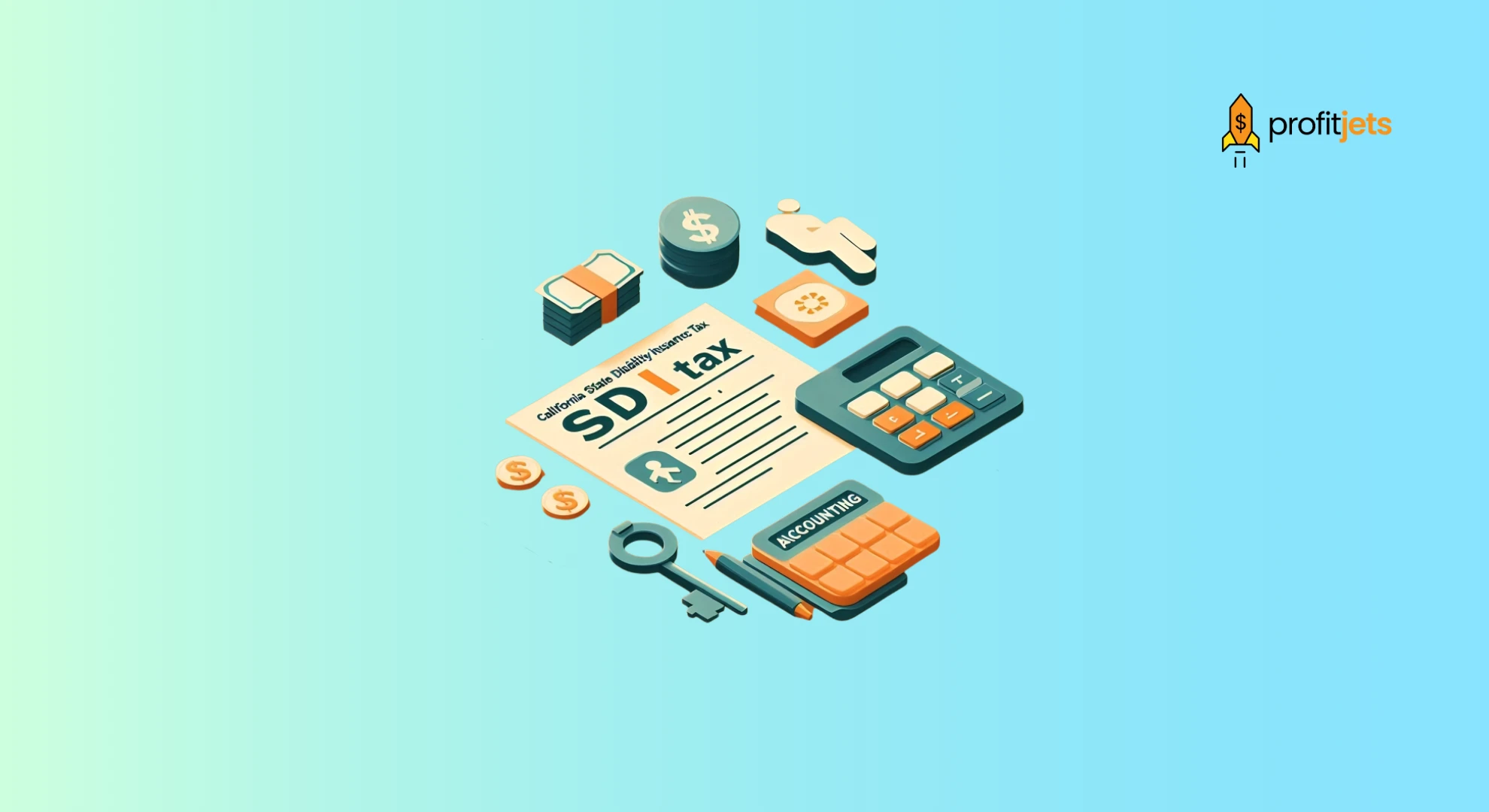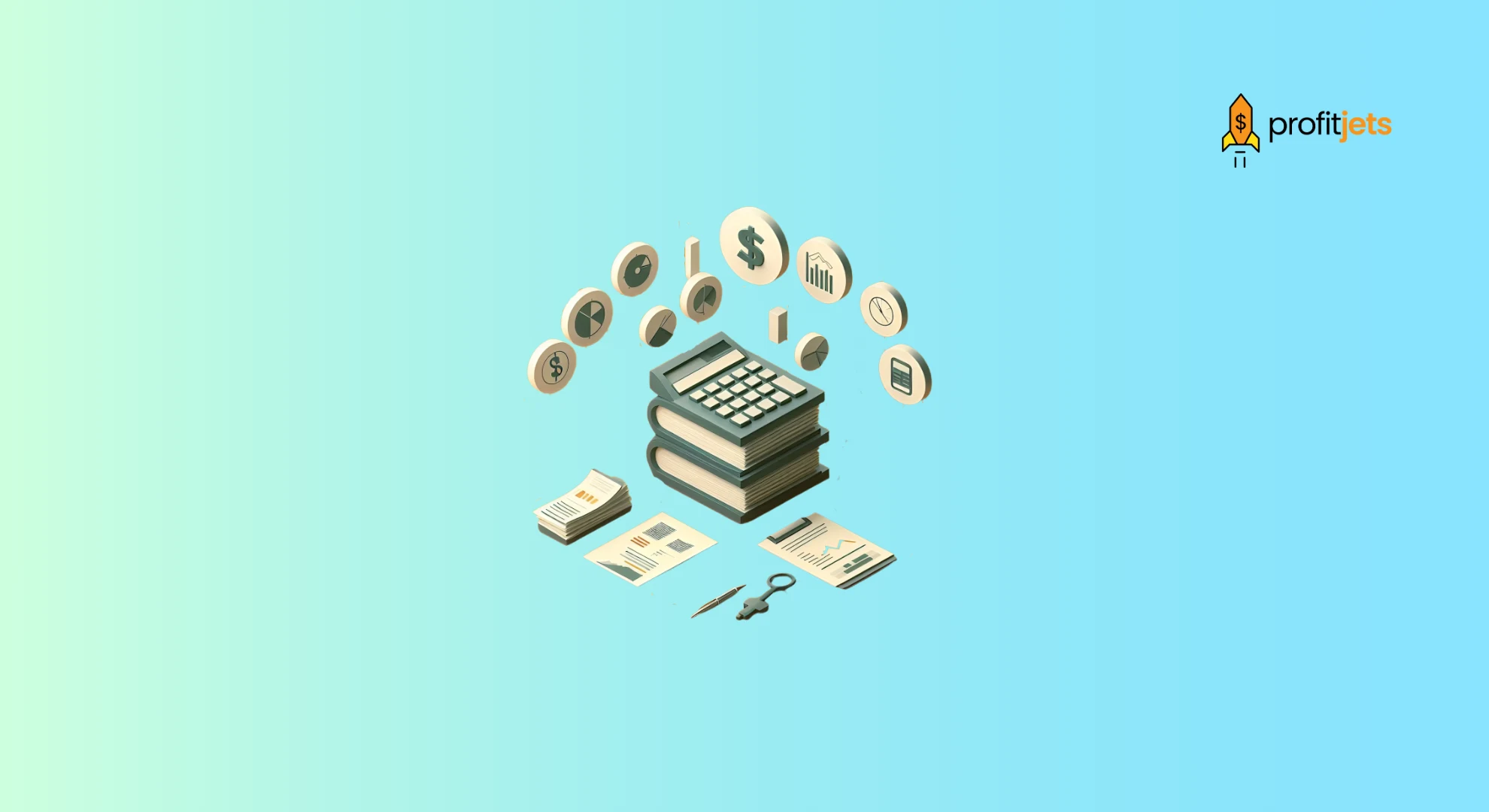The California SDI Tax, or State Disability Insurance tax, was introduced about 80 years ago to compensate workers who suffered from job-related injuries. It also doubled as unemployment insurance and a wage replacement for the working population of California with non-work-related disabilities.
The SDI state tax, which has found continuity in purpose to date and for the years to come, now collects approximately $7 billion each year!
Great! Where do the SDI tax funds go?
Its funds go out to over 1 million Californians each year who have to take time off for:
- Pregnancy or childbirth
- A disabling illness or injury
- Caring for a sick family member or
- Bonding with a new child
Those who support the scheme say it’s a lifesaver! To take time off for a temporary illness or meet the needs of new parenthood without dipping into savings.
Here’s everything you need to know about California’s popular SDI tax.
Table of Contents
What is the California SDI Tax?
SDI Insurance, also referred to as CASDI on your pay stub, is an automatic and mandatory deduction of 1.2% (as of 2025) from your paycheck. SDI is like an insurance fund you pay into while working, so it acts as a financial cushion if and when you face illness, injury, pregnancy, or a need to be away from work to care for a sick family member.
This tax, unlike the OASDI tax, isn’t matched equally by your employer. It covers Short-term Disability (DI) and Paid Family Leave (PFL)
Where Short-Term Disability (DI) covers
Temporary inability to work because of a non-work-related illness, injury, or pregnancy. Providing up to 90% of your wages if you are a low wage earner, and 63% or a capped off limit of $1,681 per week for up to 52 weeks for higher wage earners
And Paid Family Leave (PFL) covers
Period to bond with a new child or have to care for a sick family member with similar wage replacement as short-term disability (DI). It could offer up to 6–8 weeks of funded leave, depending on the type of care.

How Does the California SDI Tax Work?
Employees pay California’s SDI Tax or CASDI. Employers withhold the relevant percentage automatically from the employee payrolls and reflect it in the paychecks. The employer then forwards the CA Employment Development Department using Payroll Tax Deposit (DE 88) and Quarterly Contribution Return (DE 9) forms. Unlike the OASDI Tax, the employer is not obligated to match the deduction or make any financial contribution.
Who gets the benefits of California’s SDI Tax?
Employees who file to obtain benefits gain from it if:
- You are unable to work for at least 8 days.
- Have earned at least $300 in wages where SDI was deducted, or
- Are under medical care during the first 8 days
A few noteworthy features:
Ø You may be eligible to collect for the length of your disability or family leave up to a duration of 52 weeks total (for DI) and 6-8 weeks for PFL, depending on the situation.
Ø SDI tax does not have a minimum wage base rate; every working California resident is liable to pay SDI.
Ø While there’s no minimum or cut-off wage rate, there is a limit to the benefit; you can only receive a maximum of 60-90% of your wages or $1,681 per week.
Ø There is a non-negotiable waiting period of 8 days, i.e., where the first 7 days are unpaid and benefits start from day 8.
Ø SDI benefits are tax-free, unless replacing unemployment wages, and then only the replacement portion may be taxed
How is California’s SDI Tax Calculated?
As per the New Rules, effective January 1, 2025
The California SDI Tax rate is 1.2% of gross wages
Assumption:
· You receive a monthly paycheck &
· Your monthly gross salary is $5,000
Calculation:
$5,000 × 1.2% = $60
So, $60 will be deducted from your paycheck as an SDI deduction each month
Interpretation:
In simple terms, you pay about $60 for every $5,000 you earn (at California’s tax rate of 1.2%).
If, due to some unforeseen situation, you’re temporarily unable to work due to illness, pregnancy, or a family emergency.
The state helps by giving you around two-thirds to nearly full pay, up to about $1,681/week, as long as you qualify.
How to File for California’s SDI Claim? When do I Qualify for an SDI Claim?
Eligibility
You only qualify if you are eligible for SDI Benefits in California (2025), for which:
· You must have earned at least $300 in wages in the past 5 to 18 months, where SDI was withheld and reflected in your pay stub.
· You have to have a minimum 7-day disability
Proof
If you are unable to work due to a qualifying reason, either Disability Insurance (DI) or Paid Family Leave (PFL), as described above, you must produce proof.
- For DI, a licensed health care provider should certify that you are disabled.
- For PFL, you’ll need documented proof of a family member’s sickness or proof of childbirth, e.g., birth certificate.
Timelines
You can qualify only if the filing with reasoning and proof meets the claim timing rules, i.e.,
- You file your claim within 49 days right after your disability or leave begins.
- Or you file for PFL up to 30 days before your leave begins.
Note: It’s crucial to note that you are at the risk of being denied in case of late claims unless you show “good cause.”
You Will NOT be Eligible If:
- You’re receiving unemployment benefits
- You’re already getting workers’ compensation for the same issue
- You’re working at full capacity or working reduced hours without income loss
- You’re incarcerated (in confinement)
Steps to Claim the California SDI Tax Benefits
Here’s a simple walkthrough of how to claim California SDI Tax benefits
- When you get sick or can’t work & obtain proof of the sickness/temporary disability
- You have to file a claim online with California’s Employment Development Department (EDD). (edd.ca.gov)
- Wait 7 days, which is an unpaid waiting period.
- EDD processes most claims within 14 days if complete.
- You will start receiving payments, usually within 14 days of filing. EDD Debit Card or EDD Bank Transfer will pay you.
- You may continue to Monitor Your Claim by logging in to SDI online, communicating about the status through messages, and uploading documents.
Why Should I Seek Professional Assistance as an Employer Filing California SDI Tax?
· SDI has state-specific compliance, and the rules are updated annually.
- Penalties for late SDI deposits or filing errors (even if unintentional) can add up fast.
- A professional team, like an outsourced bookkeeping and payroll services provider, ensures that everything is filed, withheld, and reported accurately.
Simply put, you can focus on running your business while someone else takes over the laborious and meticulous task of filing your payroll taxes.

Conclusion:
The California SDI tax has been updated year after year, and the popular tax scheme helps millions pay for their sick days. While the employer withholds the taxable portion and pays it to the EDD, the employees stand to gain from it through government remittance. This not only helps individual beneficiaries cater to life emergencies without dipping into savings, but it also allows companies to allow pay-free non-working days without having to investigate and compensate on a case-by-case basis. Profitjets, a renowned Tax planner, outsourced bookkeeping, and payroll management professional with 15+ years of experience and countless testimonials from satisfied customers, can help you manage your SDI filings, payments, and claims. Get in touch with us for a seamless experience.
FAQs on California SDI Tax
1. What is California’s SDI Tax?
California’s SDI Tax is akin to an insurance policy that you pay into from your paycheck (1.2% of your gross pay) or withheld from your salary. If you can’t work for a short duration due to illness, injury, pregnancy, or caring for someone, the state gives you around two-thirds to nearly full pay, up to about $1,681/week, as long as you qualify.
2. What is California’s SDI tax rate as per the new rules of 2025?
The efficient tax rate as per the new rules of 2025 is 1.2% of all your wages, with no income cap.
It was previously at 0.9% in 2023, then 1.1% in 2024, but now it’s rounded to 1.2%.
3. Who is exempt from California’s SDI Tax?
If you’re in one of the exempt categories, you generally don’t pay SDI and cannot claim it—unless you opt into coverage.
· Federal, state, and local government workers, including public school and public agency employees (unless they elect coverage)
· Employees of churches or religious organizations, and ministers/religious order members.
· Family employment: services by children under 18, spouses, registered domestic partners, or parents in family-run businesses
· Domestic workers earning under $750 in cash during a calendar quarter
· Election campaign workers and other state-defined exempt roles
· Employees of other U.S. states and their subdivisions, and foreign government employees with formal agreements
· Interns or student nurses in certain settings, casual laborers, and transcribers meeting specific criteria
· Foreign professional athletes performing occasional or incidental gigs in California.
· Sole shareholder-corporate officers of private corporations may elect to exclude themselves via Form DE 459 for SDI.










